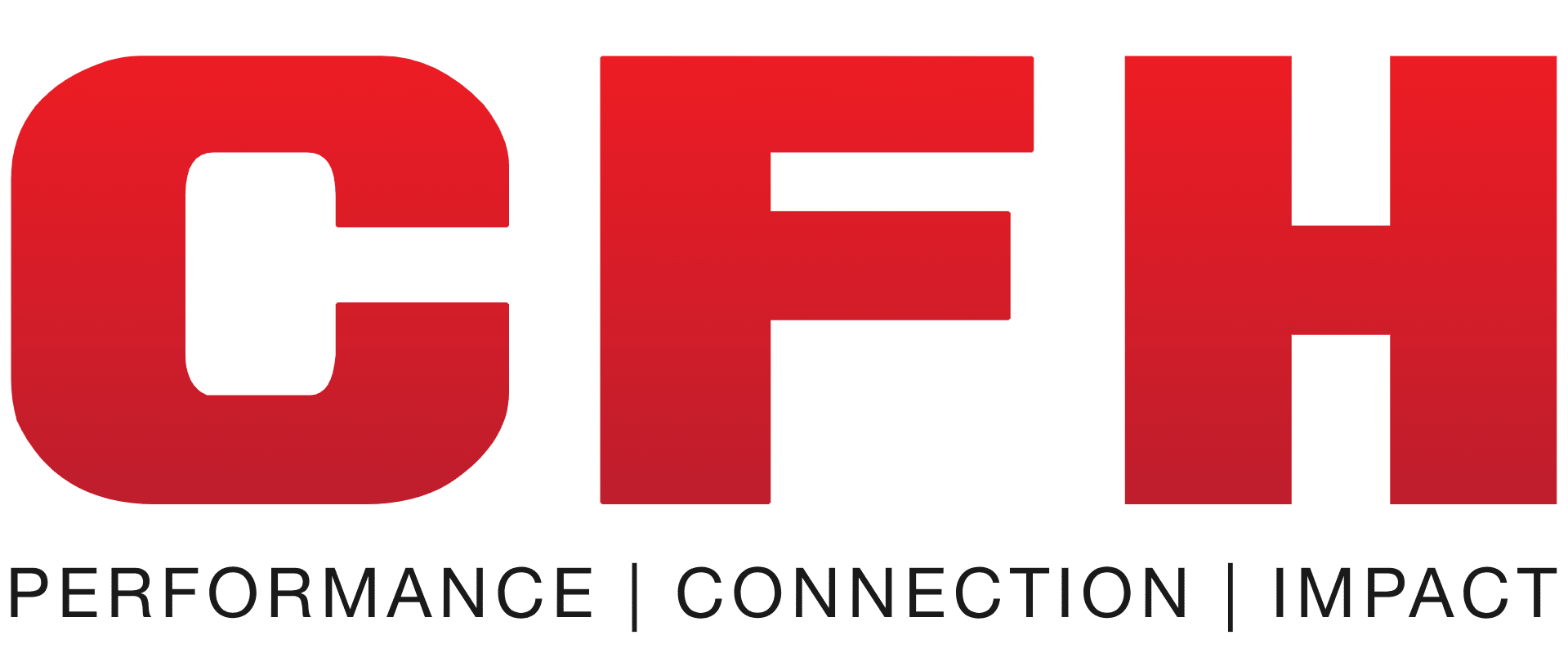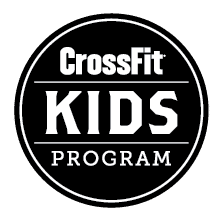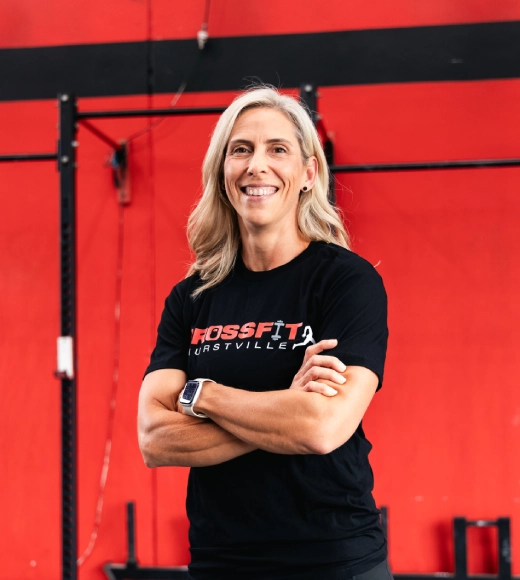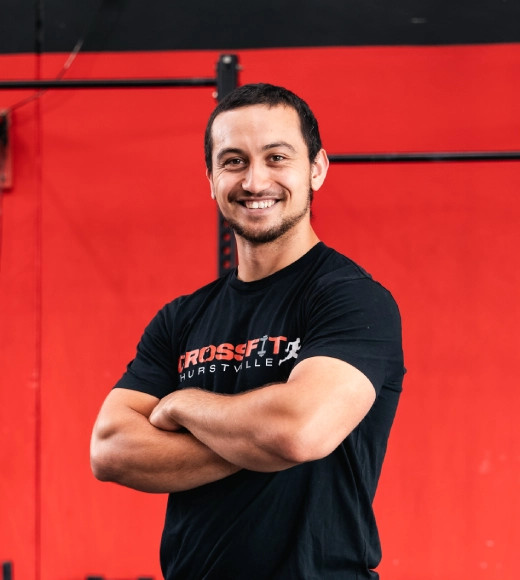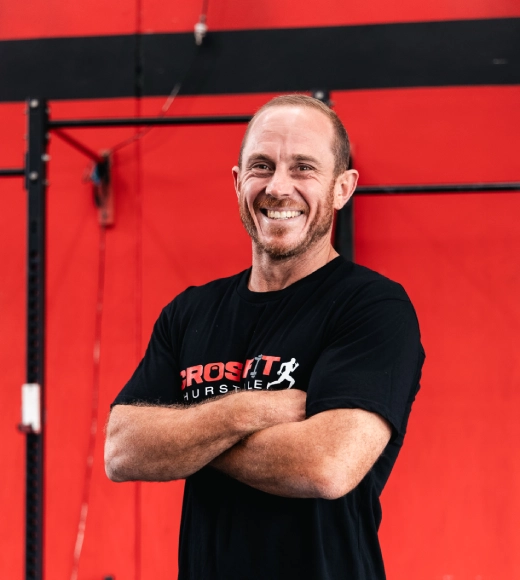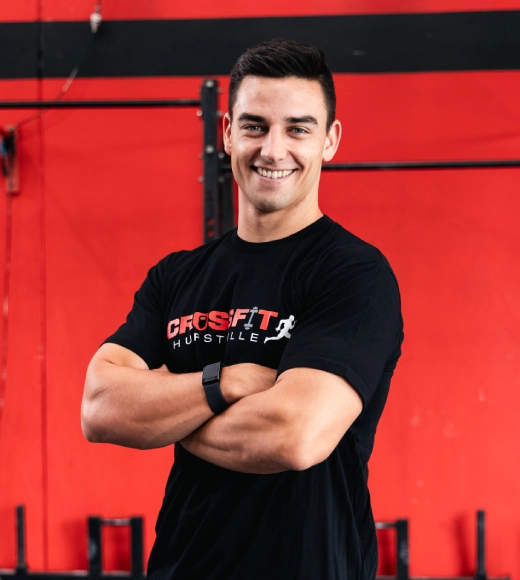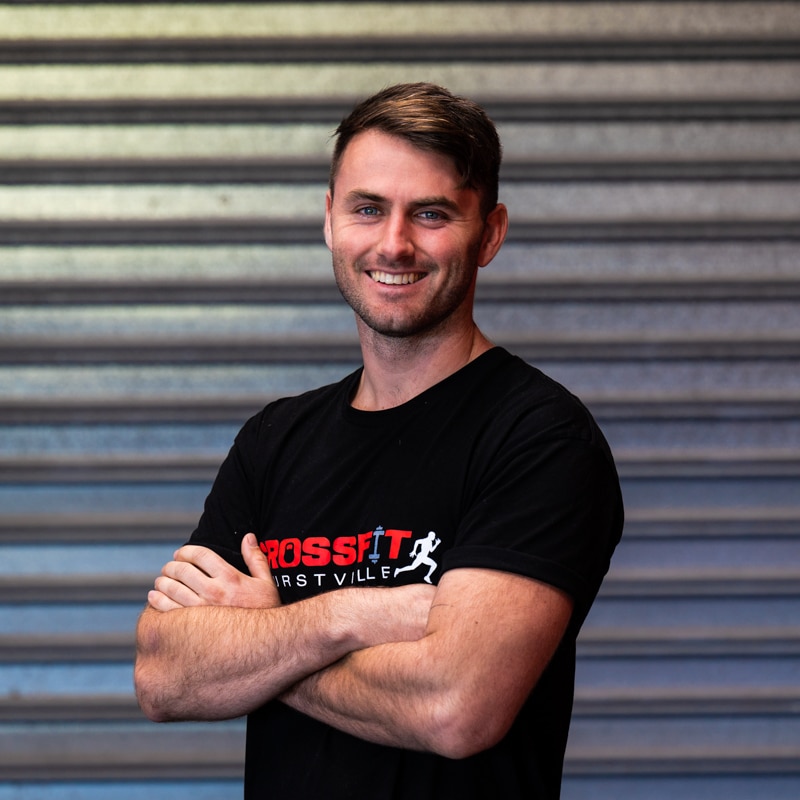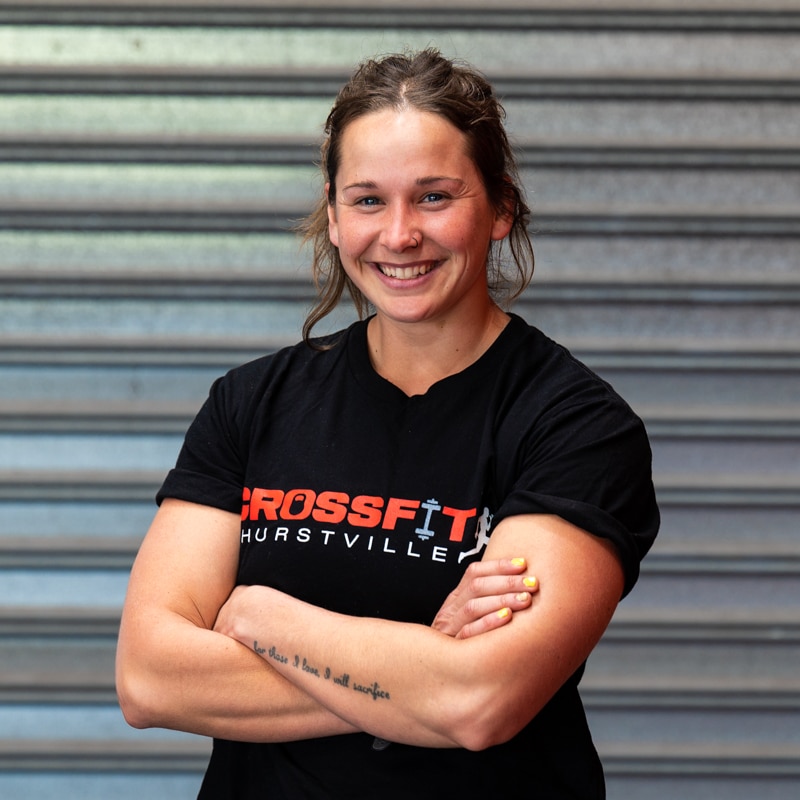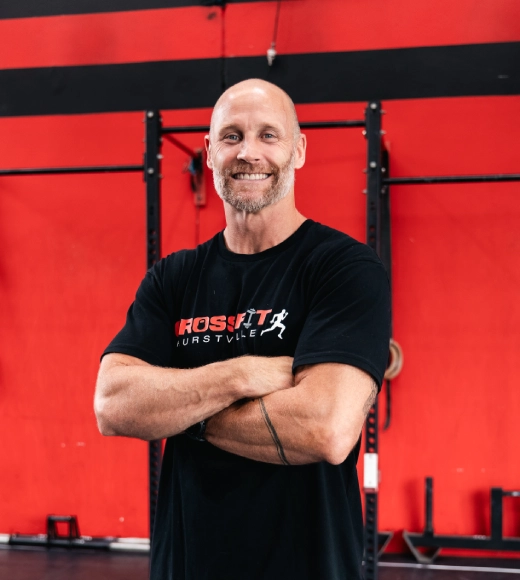You often hear the term “functional fitness” thrown around in the contemporary commodity of fitness and exercise. But what does it actually mean? Why is CrossFit considered functional fitness and how does it apply to the recreational or exercise enthusiast?
As defined by MayoClinic, “Functional fitness exercises train your muscles to work together and prepare them for daily tasks by simulating common movements you might do at home, at work or in sports…For example, a squat is a functional exercise because it trains the muscles used when you rise up and down from a chair or pick up low objects. By training your muscles to work the way they do in everyday tasks, you prepare your body to perform well in a variety of common situations.”
CrossFit is defined as “constantly varied functional movements executed at high intensity across broad time and modal domains.” Its purpose is to develop the 10 core components of fitness: cardiovascular/respiratory endurance, stamina, strength, flexibility, power, speed, coordination, agility, balance, accuracy.
When we consider the purpose and foundations of CrossFit we can easily apply them to everyday life. In explaining how, we can use the members of CrossFit Hurstville (CFH). In my opinion, CrossFit is immensely beneficial for the various types of members at our gym. We have parents, grandparents, tradespeople, emergency service workers, business people and a spectrum of other occupations, as well as amateur athletes from a range of sports.
One of the most obvious and beneficial applications of CrossFit is to those with families. As a parent or someone alike, you are constantly on the move performing different tasks from picking up small children several hundred times a day, performing household duties and engaging in activities with your children and other families. CrossFit facilitates the efficiency and performance of parenting and caring for those involved in our lives.
Here are a few more examples of CrossFit specific movements and workouts that assist with activities of daily living:
Clean → picking up children/objects
Wall Ball, Thruster, Clean and Jerk, Snatch, DB Snatch → picking up heavy industrial material, moving house, putting away groceries
Overhead Squat, Overhead Walking Lunge → holding up timber to be nailed in, ability to hold children/objects overhead when crossing water in a natural disaster (extreme but true)
Pull ups, Muscle ups, Kipping, Hollow Hold, Toes to Bar → climbing ladders, holding children on our hips, pulling oneself or another off a ledge.
DT on the run (400m run, 12 deadlifts, 9 hang power cleans, 6 shoulder to overhead) → there is an emergency and you need to move 3 children and 4 suitcases to the car as quickly as possible. 400m run will give you endurance and stamina to perform the task, deadlift/hang power clean gives you strength to lift children and suitcases. Shoulder to overhead gives strength, balance and coordination to place children/objects into the car.
People trains for different reasons. Some people train to improve their performance in their sport. Some people train to improve their performance in their job. A lot of people train to improve their performance in their daily life.
CrossFit has its place in many of these.
Thanks for reading. I hope you have found some value in this information and find greater purpose in your CrossFit journey moving forward.
Be great, do great things!
